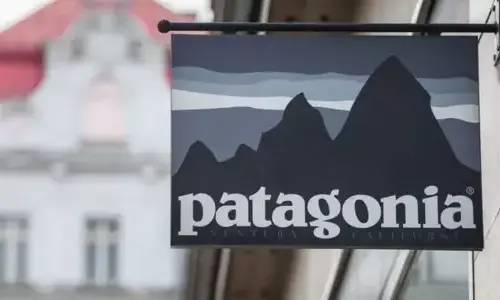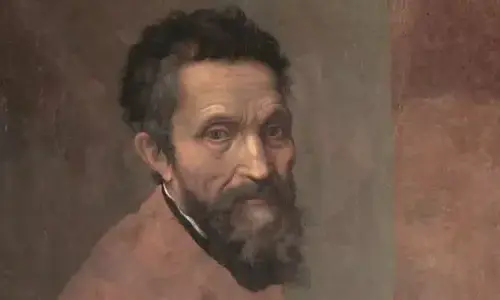50 surprising truth about Sunny Spain
Almost everyone in the world has heard about Spanish country.
Spain sitting in Europe and during the colonial period has conquered many worlds.
But have you ever wondered how a small country has affected the world a lot?
Here are 50 great truths that will make you fascinated by Spain!
Spain IS 195,364 Square Miles (505990.437 Square Kilometers) Which is Just A Little Bit Bigger Than The State of California.
ñ.
It is believed that the name España, comes from Ispania, meaning rabbits.
Although you might think Barcelona is bustling the capital of Spain, don't.
Spain is the second largest country in the EU.
The Spanish Royal Family called the Bourbon family was responsible for since the 1700s.
Spain is considered an old country but it is only officially established on December 6, 1978.
The Spanish kingdom is its official name.
Spanish national anthem, called Marcha Real, is only 4 of the world without lyrics.
Spanish is the second common language spoken in the world.
Spanish flags are yellow, with a red horizontal strip at the bottom and top layer and an arm layer on the left side of the flag.
There are no laws against nudity in public places, although it is still considered inappropriate in certain places and some areas like Barcelona have banned naked on the street.
In Spain, there is no fairy!
Spanish national animals are cows;
Do bullfighting animal benefits are banned in most countries but it is still legal in most regions of Spain.
La Plaza de Toros de Las Ventas del Espíritu Santo, also known as La Ventas, is the main arena in Madrid used to bullfort.
La Ventas in Madrid is the third largest cow ring in the world, with the largest level in Mexico City, Mexico and the second largest in Venezuela.
Another increase in sport is called "cow's running".
Paella Origin.
There are many national dishes, but the most known
A Spanish National Desert is Spanish Flan and it was created for the first time in 1518.
Spain produces nearly half of the world's olive oil because more than 250 million olive trees are grown across the country.
Mount Teide is the highest Spanish mountain sitting at 12,198 feet (3,718 meters).
The highest mountain in Spain mainland is located in the southeast of the country and is called mulhacén.
The longest river on the Iberian peninsula started in Spain.
Spain's national flowers are red carnations, called waistls in Spain and it is grown south of Spain in Andalusia and Aragon.
There is a 47 impression
I
The oldest building can be found in Spain is Santa Marí
Every year a festival called La Tomatina.
On Lanzarote Island Spain, there is a restaurant named El Diablo in Timanf
The first type of fur used is in Seville, Spain from about 600-1800 ads.
In 1535, Guglielmo de Lorena invented the first diving bell, which will lead to significant progress of the diving world.
I
The first modern novel is called "Don Quixote" written by Spanish writer Miguel de Cervantes.
Arnold of Villanova, born in Spain around 1240, was the first to explore carbon monoxide.
A Spanish engineer named Manuel Jalón Corominas invented the first mop and bucket in 1956.
Spain is home to the only monkeys in Europe.
Between Spain and Spanish Islands, up to 9,000 species of vascular plants, making it the country with the largest diversity in Europe.
Only 25% of plants are found in Spain originating.
Spain is home to many indigenous animals, such as Iberian Lynx, Wolf Iberia, Ibex Spain and Iberia pigs.
Iberia's pig is the most famous with meat.
In 1990, Dong Thuan Del Jamón Serranoespañol, British Serrano Ham in Spanish in English, was established.
Tapas;
The legend is when King Alfonso X is seriously ill, he can only digest a small amount of food along with a glass of wine.
Chorizo was originally from Spain, not Mexico.
""
Flamenco Dancing is a form of art produced in Andalucía, Spain in the 18th century.
There are three factors that make Flamenco an art and these factors are;
La Basillica De La Sagrada Familia's first brick, known in English when the Holy Cathedral of the Holy Family was placed in 1882. It is still under construction (2020), which means it holds the title
And there you have it - 50 great facts about Sunny Spain.
I don't know about you, but I have packed my suitcase!
From Flamenco attractive jump to Flan desserts, I came here.
 52ºc, New York
52ºc, New York







